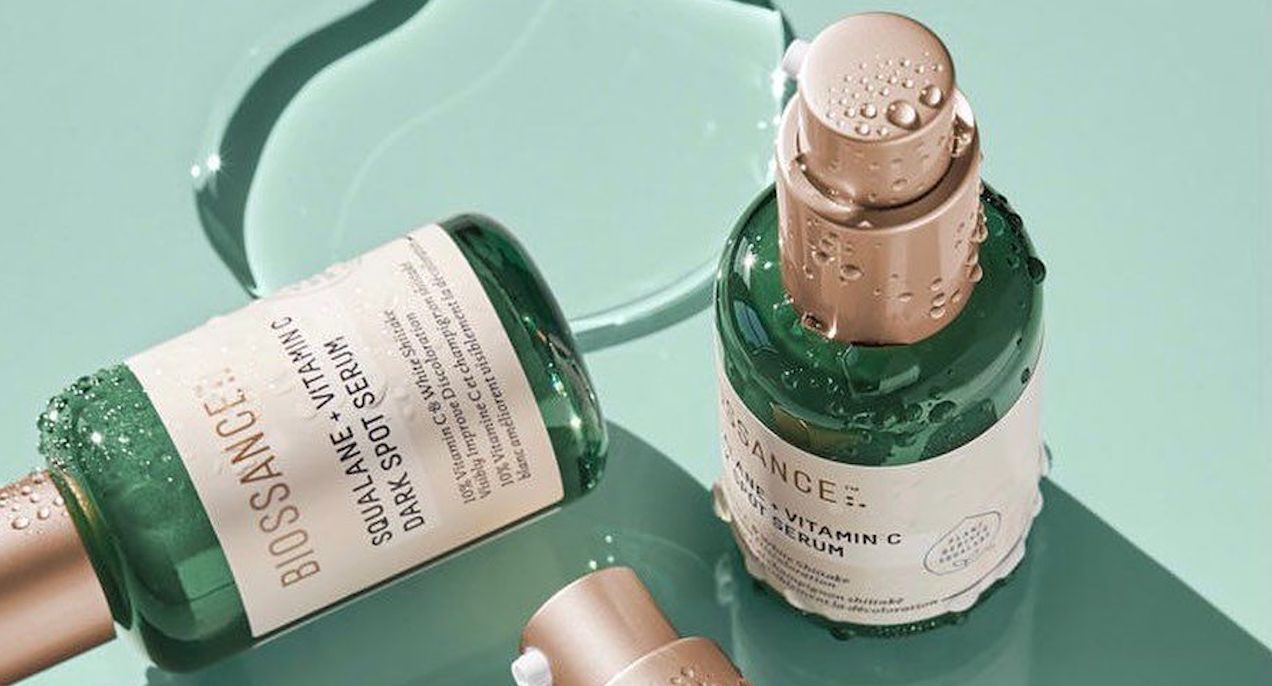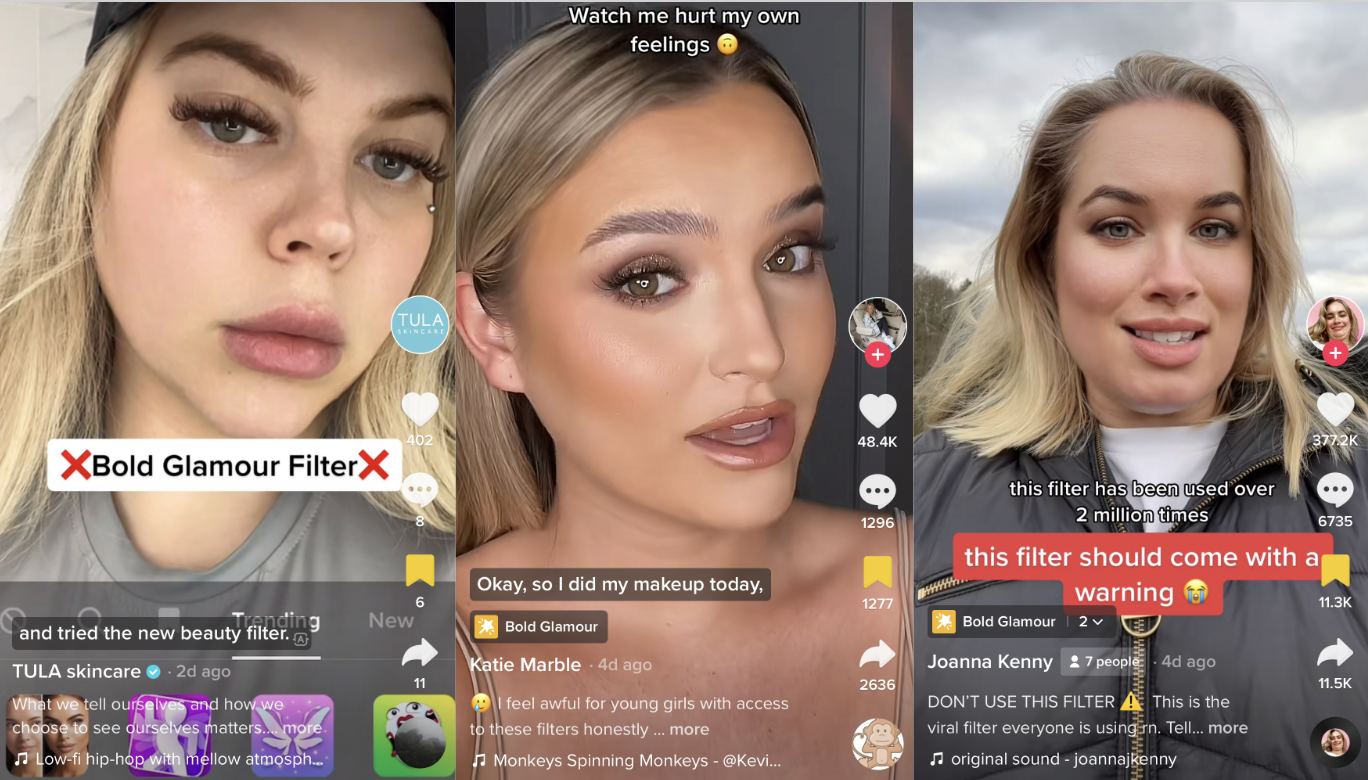Beauty & Wellness Briefing: Biossance-owner Amyris attempts a turnaround in face of ballooning costs
This week, I examine the strategies of emerging beauty conglomerate Amyris, Inc., the owner of Biossance, Rose Inc., JVN Hair and other brands, on its path to profitability. Scroll down to use Glossy+ Comments, giving the Glossy+ community the opportunity to join discussions around industry topics.
In the face of a changing beauty landscape and steeply growing operating costs, Amyris, Inc. is facing a liquidity crunch.
Amyris initially caught the beauty industry’s attention during a period of rapid expansion in 2021. By then, Amyris had been operating Biossance for five years, and the brand expected to earn $160 million that year. Within the year, Amyris also scooped up Costa Brazil for an undisclosed sum, relaunched the Terasana skin-care brand, and co-developed JVN hair with “Queer Eye” star Jonathan Van Ness and Rose Inc. with model-tastemaker Rosie Huntingon-Whitelely. The 20-year-old biotech company was making a major pivot into becoming what then-CEO John Melo called “The L’Oréal of clean beauty.”
Becoming the L’Oréal of clean beauty was a grand and sweeping vision that Melo was particularly bullish about after assuming the CEO role in 2007, when Amyris was focused on biofuels. By 2012, the consumer-facing vision was on a path to reality. But on June 26 of this year, Amyris announced that Melo had resigned from his role as CEO and president, effective immediately. Han Kieftenbeld, CFO of Amyris, was appointed interim CEO. At the same time as Melo’s departure, Amyris announced it would conduct layoffs. Amyris currently has over 1,500 employees in the United States, Brazil, Portugal and the United Kingdom. Kieftenbeld declined to share what percentage or how many jobs would be eliminated or in what areas of business. They also declined to further comment on Melo’s departure.
“It was sad. [Melo] was such an instrumental part of the business,” said Korinne Wolfmeyer, an analyst at Piper Sandler. “But it was probably a signal to the shareholders that other management team members and the board are thinking about how are they going to get the business to profitability and solid cash flow.”
Earnings for the first quarter of 2023, announced on May 9, revealed the cracks that have emerged during the rapid growth of Amyris. The company earned $56.1 million in revenue during the quarter, with $34.2 million coming from its consumer division. However, those revenue figures were a 3% and 1% decline year-over-year, respectively. Furthermore, compared to the prior quarter, first-quarter sales declined by 26% and 35%, respectively. And non-GAAP cash operating expenses for the first quarter were $112.8 million, meaning adjusted EBITDA was negative $101.2 million.
“As Interim CEO, I’m focused, together with my team, on transforming Amyris based on a multi-year business and financial plan that will help us navigate the next phase of Amyris,” said Kieftenbeld in an email to Glossy. “While doing so, we want to preserve the deep value that Amyris Science creates, connecting people to products that deliver sustainable solutions. We are rightsizing our portfolio and setting ourselves up for long-term financial sustainability.”
One ballooning cost for Amyris is a new manufacturing facility in Barra Bonita, Brazil — Amyris broke ground in July 2022. The new facility features 1,440 cubic meters of production fermentation capacity and includes five self-contained lines, or mini-factories, for diverse molecule production. Throughout the construction process, Amyris has employed up to 1,000 contractors and 150 employees as full-time staff for the site, as well as about 100 employees from nearby Campinas, to support operations. According to earnings at that time, the total cost was expected to be around $72 million but grew to $150 million as of the third quarter of 2022.
The company has always had trouble with profitability, said Susan Anderson, managing director at Canaccord Genuity investment bank. And the period of aggressive growth did not help, even if necessary.
“A big part of the expenses has been the rollout of these [new] brands,” said Anderson. “That’s why I think they’re cutting back on developing [additional] new brands and focusing on the ones they have.”
The consumer retail and beauty industries have not fared as well as one would hope amid larger macroeconomic issues like inflation, largescale layoffs in otherwise lucrative industries like tech and finance, and general consumer pessimism. For its third quarter of fiscal year 2023, Estée Lauder Companies reported a 12% decline in net sales year-over-year. Meanwhile, other beauty players have seen slowed growth. In May, Ulta Beauty reported a modest 12.3% year-over-year growth, which led to its stock dipping 10% in after-market trading.
For Amyris, these various liquidity challenges have manifested themselves in various ways. It has impacted the supply chain, with suppliers withholding products until payment is received, causing sell-out issues for brands like Rose Inc. and JVN. These issues have predominantly been resolved, with Amyris securing liquidity through various transactions.
Amyris introduced a “Fit-to-Win” strategy to cut costs in late-2022 based on four pillars. They include delivering profitable, sustainable and organic revenue growth; having a focused and well-performing portfolio of assets; utilizing effective marketing channels at low costs to support consumer brands; and making a variety of supply chain optimizations related to unit costs and freight.
“When you have a clean, sustainable ingredients manufacturing company and you’re trying to move into a consumer product company, there is going to be some friction,” said Wolfmeyer. “That was another piece of the cost puzzle that ended up pressuring them.”
During the latest earnings call, the decline in consumer revenue was attributed to cuts in marketing. Media spending for the first quarter was 25% of the quarterly media spend year-over-year. Biossance, specifically, spent about $3 million on marketing. At the same time, that marketing investment offered better returns per dollar spent. The target was $3 in sales for every dollar spent but landed at approximately $10. Amyris found that email and SMS channels were among its best performing, said Kieftenbeld, adding that the company will continue to take an “iterative, data-driven approach” across multiple advertising channels. The decrease in marketing investment primarily impacted Biossance sales. But Amyris did see growth for its hair-care brand 4U by Tia through the launch at Walmart and the growth of menopausal brand MenoLabs’ direct-to-consumer sales.
Beyond sales in the first quarter, Wolfmeyer said she hasn’t seen any changes resulting from the pullback in brand marketing expenditures, such as reductions in Amyris brands’ in-store shelf space. Anderson echoed these statements.
“I will look at cost cutting [during the next earnings call], to see if they can [achieve] it,” said Anderson. “On the risk side, consumer brands could have a slowdown. But I think Amyris could be in good shape if they can execute their Fit-to-Win strategy with the cost savings.”
In March, flavors and fragrance manufacturer Givaudan acquired a portfolio of ingredients from Amyris, including its hero ingredients, squalane and hemisqualane, for an undisclosed sum. Those ingredients have an annual sale of about $30 million, and Amyris received $200 million in upfront proceeds. Amyris will continue to manufacture those ingredients in its Barra Bonita facility. In addition, Amyris is anticipating another $350 million from future performance-based earn-outs and milestone payments related to multiple strategic transactions.
Finally, Ammyris plans to establish a biomanufacturing joint venture that would provide Amyris an estimated $50 million to $100 million in proceeds and support the working capital needs of ingredient manufacturing. According to the first-quarter earnings call, the long-term objective is to design the joint venture to provide a more scalable capital structure with access to working capital to sustain the demand for more biomanufacturing capacity. Amyris will also sell non-core consumer brands. Kieftenbeld declined to state which brands constitute core assets. The sale of those non-core brands is expected to generate up to $100 million in proceeds. But other brands, such as 2-year-old Gen-Z makeup brand EcoFabulous and clean skin-care brand Terasana, have been quietly phased out. The Teresana website is no longer active and EcoFabulous products can still be purchased until inventory lasts. The beauty M&A environment has improved since the steep slump beginning last year, but it’s not back to where it was in 2019 and 2020, Wolfmeyer said.
“Amyris is a science-led, boundlessly innovative company,” said Kieftenbeld. “We’re the only consumer-facing biotechnology company that has completed the journey from innovation to proof-of-concept to high-volume, efficient production. I’m confident that the moves we are currently making will deliver the right focus and execution to create long-term stakeholder value and make a lasting positive impact on society.”
Inside our coverage:
Another new brand tries to make men’s cosmetics possible.
Ren pulls back on 70% of its retail footprint.
Armani Beauty taps Gen Z for its fragrances.
What we’re reading:
Amazon and Walmart go head-to-head for consumers’ wallets.
Kim Kardashian is in talks to buy back SKKN by Kim from Coty.
Bread Beauty raises seed funding round.





